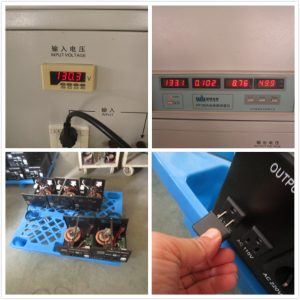
1.Appearance
2.Quantity check
3.Smell test
4.Function test
5.Dry/wet rub test
6.Carton dropping test
7.Moisture content test
8.Barcode scanning
9.Pull test
10.Color abberation test
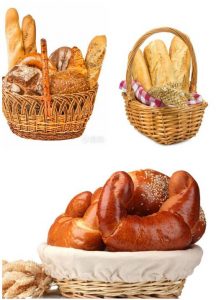

1.Appearance
2.Quantity check
3.Smell test
4.Function test
5.Dry/wet rub test
6.Carton dropping test
7.Moisture content test
8.Barcode scanning
9.Pull test
10.Color abberation test

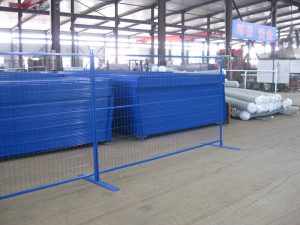
Some common factors for panel quality control:
Appearance
Quantity check
Measurement(weight& size & thickness)
Welding/Painting quality check
Assembly test
Basic function check
Barcode scanning
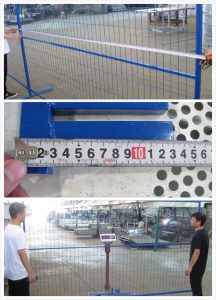
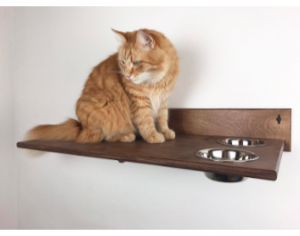

logo 3M Tape test
assembly test
basic function test
pull test
loading test
humidity test
bar code test
breaking test
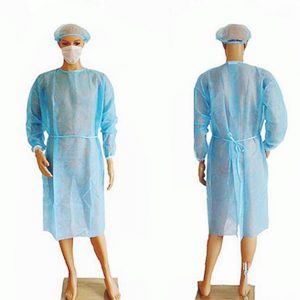
1.Appearance
2.Quantity check
3.Carton dropping test
4.Material check/GSM check
5.Logo/Printing 3M Tape test
6.Logo/Printing 3M Tape test
7.Rubbing test
8.Odor test
9.Wear check
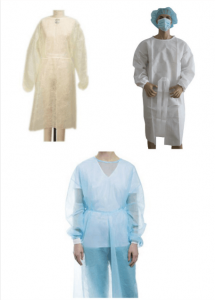
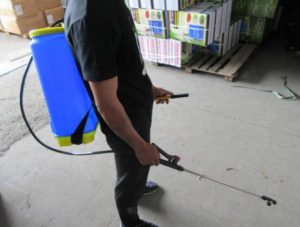
1.Appearance
2.Quantity check
3.Smell test
4.Function test
5.Dry/wet rub test
6.Carton dropping test
7.Volume check
8.Barcode scanning
9.Leakage test
10.Color abberation test
11.Pull test
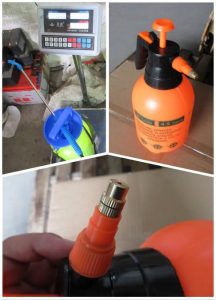
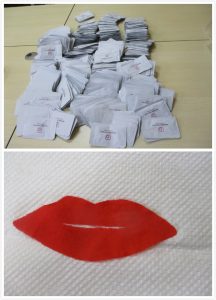
Some common factors for lip sheet mask quality control:
Appearance
Quantity check
Measurement(weight & size & thickness)
Basic function check
Smell test
3M tape test for Logo
Barcode scanning
Carton dropping test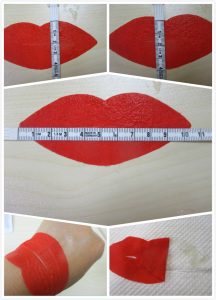
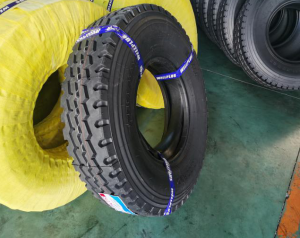
1.Appearance
2.Quantity check
3.Smell test
4.Function test
5.Material check
6.Sealing Check
7.Logo/Printing 3M Tape test
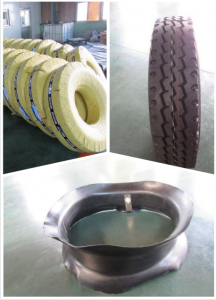
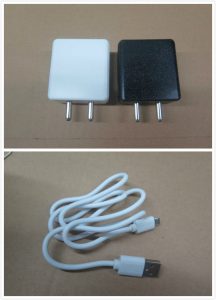
Some common factors for charger quality control:
Appearance
Quantity check
Measurement(weight & size)
Function test
Charging test
NO-load test
Loading test
Output test (Current + voltage check)
Over current test
Inner check
Product endurance test(4H)
Protection test
3M tape test for Logo
High pot test
Barcode scanning
Carton dropping test
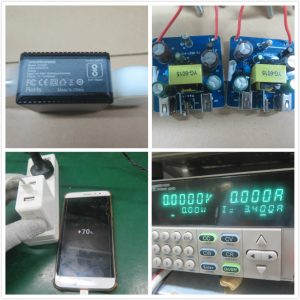
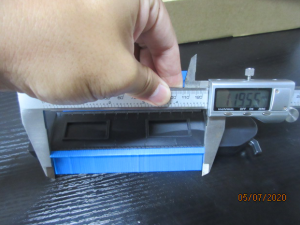
1.Appearance
2.Quantity check
3.Smell test
4.Function test
5.Internal check
6.Carton dropping test
7.Measurement accuracy check
8.Barcode scanning
9.Color abberation test
10.Dry/wet rub test
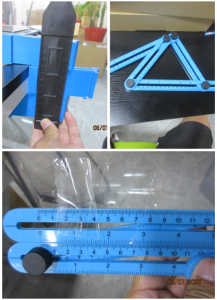
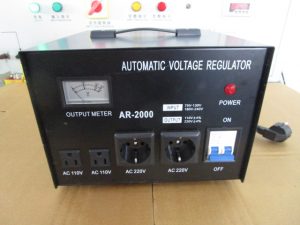
Some common factors for power converter quality control:
Appearance
Quantity check
Measurement(weight & size)
Function test
NO-LOAD test
Hi-pot check
Internal check
Protection test
Voltage/ Current output test
3M tape test for Logo
Barcode scanning
Carton dropping test
